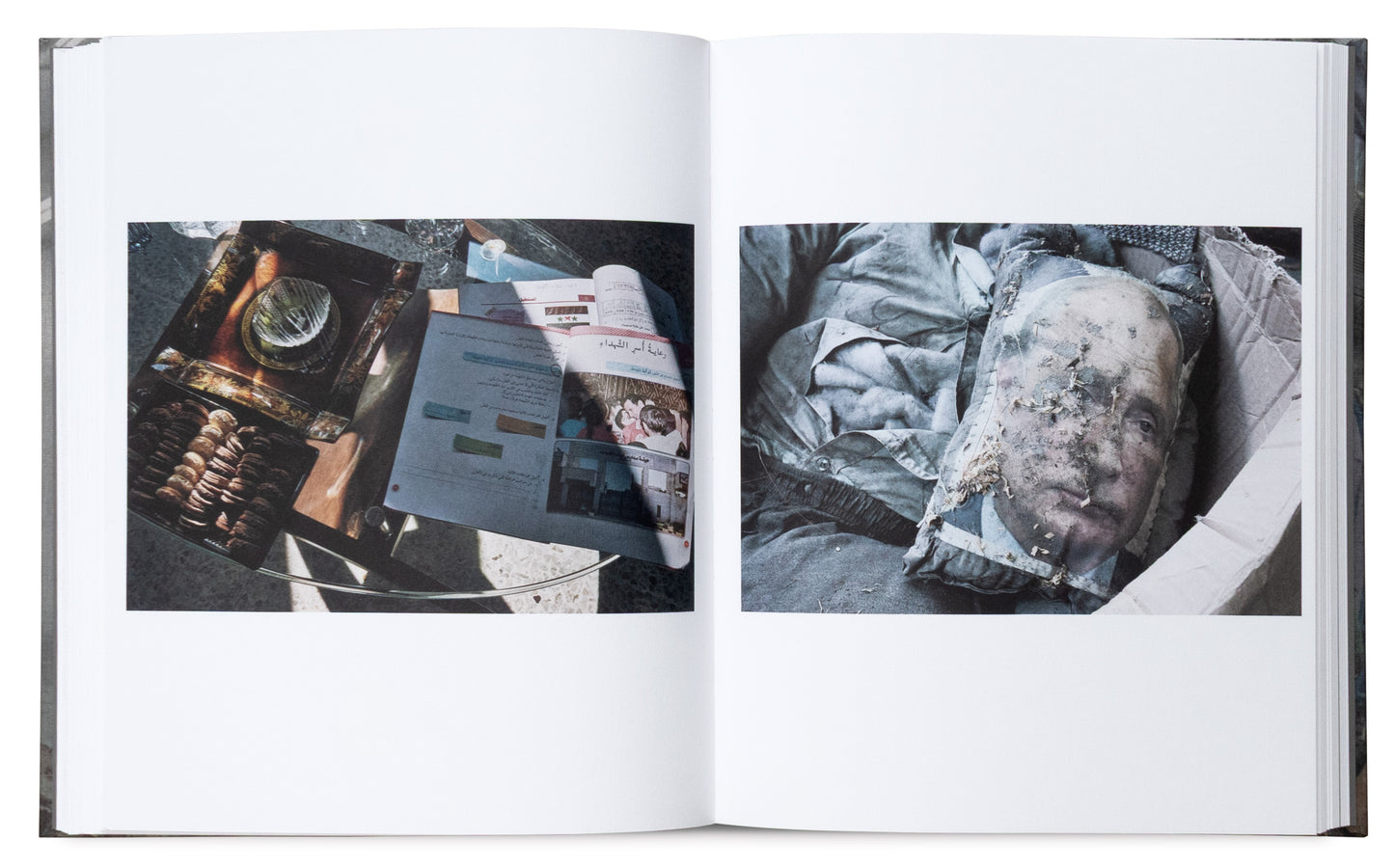That Thing That Never Vanished
That Thing That Never Vanished
by Emanuele Satolli
Regular price
$60.00
Regular price
Sale price
$60.00
Unit price
per
Tax included for domestic orders. Customs duty and import tax may apply to international orders.
Pre-order. Expected December 2025 UK / January 2026 US.
Couldn't load pickup availability
The images in That Thing That Never Vanished were made over the course 10-years during major international conflicts and humanitarian crises by Italian photojournalist Emanuele Satolli. The photographer’s aim was not to present his work as documents of historical events but as pictorial testimony to lived experiences with a high human cost, forming a critical discourse on conflict.
Please be aware that this book contains graphic imagery.
More about this book
More about this book
Published December 2025
214 x 265mm
204pp, 132 images
Hardback
ISBN 978-1-80598-020-9
Share








In the press
From the author
-
-
- Emanuele Satolli








